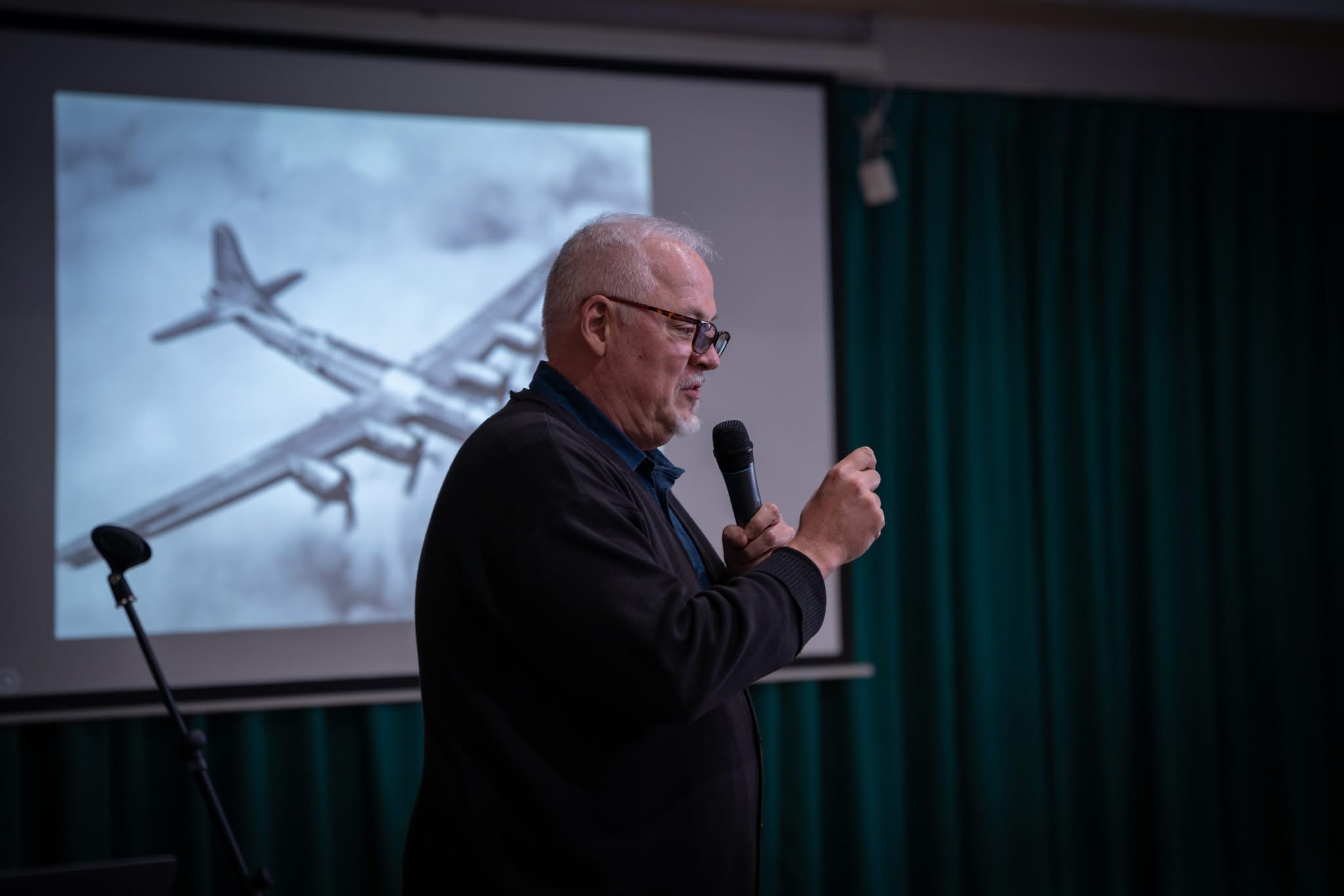Next Lakeland Lecture to Focus on Hiroshima and Nagasaki
On Thursday, July 17, 5pm, Dr. M.G. Sheftall will be giving LUJ's Lakeland Lecture, titled "Hiroshima and Nagasaki: The Last Witnesses." Dr. Sheftall, professor of modern Japanese cultural history at Shizuoka University, spent years completing interviews and research on what turned out to be a monumental 2-volume series. The first, Hiroshima: The Last Witnesses, was released in 2024, and now his second, Nagasaki: The Last Witnesses, will be out on August 5, to coincide with the 80th year of remembrance of the atomic bomb dropping on Hiroshima.
Dr. Sheftall has spent years interviewing hibakusha (atomic bomb survivors) in person. His first book, Blossoms in the Wind: Human Legacies of the Kamikaze (Random House 2005), was the result of face-to-face interviews with former Japanese military who'd made the vow of becoming suicide pilots during World War II.
Please see the poster below for more details on the lecture.
We caught up to Dr. Sheftall and asked him a few questions leading up to his lecture.
The night before Obama’s Hiroshima speech, when I visited the Peace Park and had an “epiphany” or sorts, which I will talk about in some detail in the lecture.
Much later. A dozen years later, to be exact. I got my PhD and was doing a lot of more strictly academic sort of stuff in the interim. Journal and conference papers, volume chapters, some guest museum curating, etc.
You will!
I will also talk about this a bit in the lecture. It all started with a Google search that immediately led me to a kamikaze survivors/bereaved family members organization in Tokyo. I contacted them, told them I wanted to talk to some of them, and they told me to come on up. Everything unfolded very quickly after that.
You mean between BLOSSOMS and the Bomb books? Yes. When I found a Hiroshima hibakusha informant who, as it turns out, was a member of a kamikaze speedboat training battalion in Hiroshima Bay that ran INTO the burning city (when everyone else was running out) and he ended up spending a week there with his comrades collecting and cremating irradiated corpses.
Also, I found it interesting how many of my hibakusha informants (who were mostly early teens in 1945) mentioned being reassured, on an essentially daily basis, by media messaging about how the kamikaze were going to save Japan and that the rest of the war was going to be about drawing the Allies in close enough to the Home Islands so that the kamikaze could strike the final decisive blow.
It was about a year and a half — maybe closer to two years — after my graduation from university when I decided to make the jump. I'd had no motivation whatsoever about doing a 9-to-5er in New York, and was kind of in a holding pattern in my life, waiting for some opportunity for adventure and romance to come my way. That opportunity appeared one day in February 1986 when my old college roommate phoned me from Japan and told me about an English teaching gig opening in some place called “Shizuoka”. Well, going on 39 years, I’m still here…
---
Follow LUJ on Instagram
Contact Roger Grabowski, the director of the Lakeland Lecture series, here: grabowski@japan.lakeland.edu
